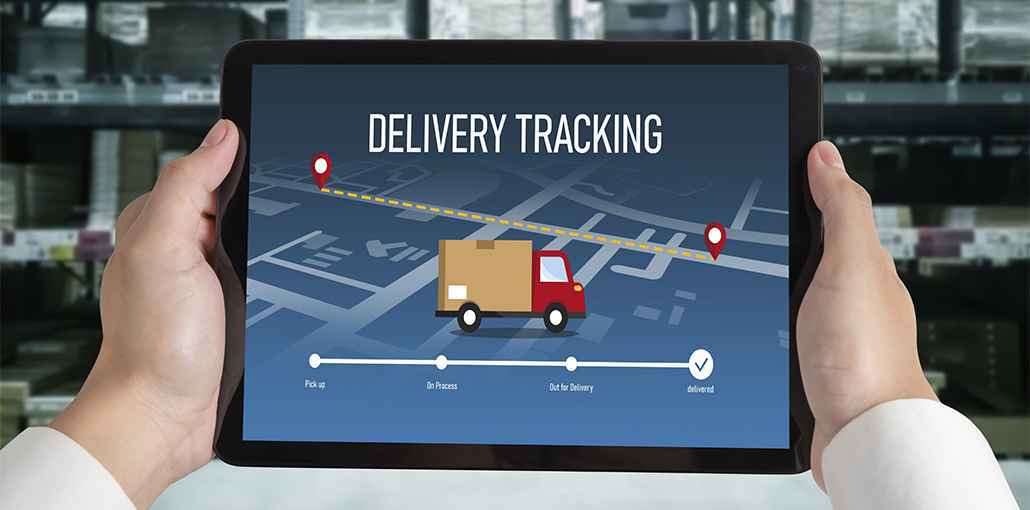In the fast-paced world of courier services, staying ahead of the competition requires embracing technology to streamline operations. Courier delivery software stands out as a powerful solution, offering a comprehensive suite of tools to optimize the entire logistics process. Implementing such software can be a transformative step for your business, enhancing efficiency and customer satisfaction. In this article, we’ll guide you through the process of implementing courier delivery software, providing a step-by-step roadmap to ensure a smooth and successful integration.
Navigating the Implementation Journey: A Step-by-Step Guide
Key Steps in Implementing Courier Delivery Software
Conduct a Needs Assessment
Before diving into the implementation process, it’s crucial to conduct a comprehensive needs assessment. Evaluate your current courier service processes, identify pain points, and define the specific requirements you expect from courier delivery software. Consider factors such as order processing, route optimization, real-time tracking, and customer communication. This assessment will serve as the foundation for selecting the right software solution.
Choose the Right Software Provider
Selecting the right software provider is a pivotal decision in the implementation journey. Research reputable courier delivery software providers, considering factors such as features, scalability, customer support, and user reviews. Choose a provider that aligns with your business requirements and has a proven track record of successful implementations.
Customize the Software
Once you’ve chosen a software provider, the next step is customization. Tailor the software to meet the specific needs and workflows of your courier service. Customize features such as order management, route optimization algorithms, real-time tracking interfaces, and proof of delivery functionalities. The goal is to ensure that the software seamlessly integrates with your existing business processes.
Integration with Existing Systems
Efficient integration with your existing systems is essential for a smooth workflow. Ensure that the courier delivery software integrates seamlessly with other business systems, such as inventory management, customer relationship management (CRM), and order processing. Integration enhances data flow, reduces manual data entry, and minimizes the risk of errors.
Training and Onboarding
Proper training and onboarding are critical for the successful adoption of the courier delivery software by your team. Provide comprehensive training sessions for employees, covering all aspects of the software, from order creation to real-time tracking and proof of delivery. Offer ongoing support and resources to address any questions or challenges that may arise during the learning process.
Also read: Imports and Exports: 5 Factors for Your Small Business
Key Training Components
- Order Management: Train employees on creating and processing orders within the software.
- Route Optimization: Educate on the use of route optimization features for efficient deliveries.
- Real-time Tracking: Demonstrate how to monitor shipments in real time for enhanced visibility.
- Proof of Delivery: Provide guidance on capturing and verifying proof of delivery digitally.
Pilot Testing
Before implementing the software on a full scale, conduct a pilot test to identify and address any potential issues. Select a small team or a specific department to test the software in a controlled environment. This allows you to gather feedback, identify areas for improvement, and address any unforeseen challenges before a complete rollout.
Full-scale Implementation
Once the pilot testing phase is successful and any necessary adjustments have been made, proceed with the full-scale implementation of the courier delivery software. Roll out the software across all relevant departments involved in the logistics and delivery process. Ensure that employees are comfortable with the new system and provide ongoing support as needed.
Monitor and Evaluate
Continuous monitoring and evaluation are crucial post-implementation. Track key performance indicators (KPIs) related to efficiency, order accuracy, delivery times, and customer satisfaction. Gather feedback from employees and customers to identify areas for improvement and make necessary adjustments to enhance the software’s effectiveness.
Regular Updates and Maintenance
The digital landscape is ever-evolving, and so should your courier delivery software. Stay proactive in ensuring that the software is up to date with the latest features, security patches, and improvements. Regular updates and maintenance contribute to the longevity and effectiveness of the software in meeting the evolving needs of your courier service.
Post-Implementation Best Practices
- Regularly assess KPIs: Continuously monitor and evaluate key performance indicators.
- Seek user feedback: Gather feedback from employees and customers for ongoing improvements.
- Stay informed on updates: Keep abreast of software updates and implement them promptly.
- Provide ongoing training: Offer continuous training to new employees and refresher courses for existing staff.
In conclusion, the implementation of courier delivery software is a strategic move that can revolutionize your logistics and delivery operations. By following this step-by-step guide, you can navigate the implementation process effectively, ensuring a seamless integration that enhances efficiency, transparency, and customer satisfaction within your courier service.










Leave a comment